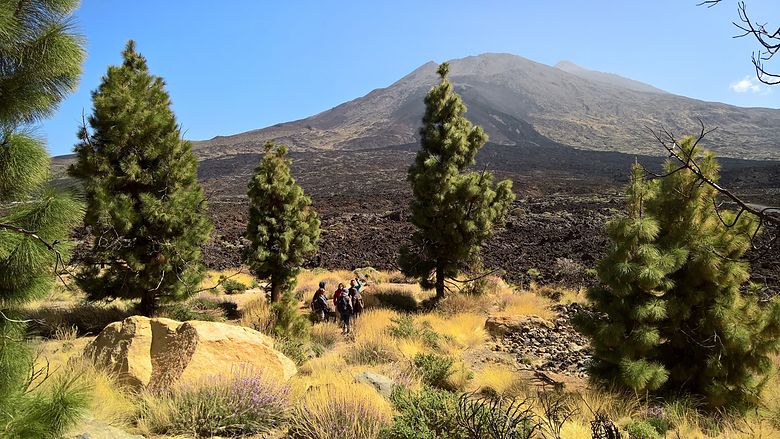New paper studies how lifeless volcanic islands are populated by different plant and animal species

Madli Jõks and Meelis Pärtel used a computer simulation for studying the plant communities on the Hawaiian Islands, Galapagos Islands, Canary Islands, Cape Verde and the Azores. The simulation imitated the arrival of plants on the islands, their spread in the archipelago, competition between species, their evolution and extinction. In particular, the study looked at what factors influence the biodiversity and species’ composition of island plants, whether the size of the island and the number of varied habitats on the island are important, and what role the location of the island in the archipelago plays. Computer simulations offer opportunities for research that cannot be done in nature, e.g., relocate islands within the archipelago. By changing the virtual maps of archipelagos, the simulations imitated realistic and less realistic conditions in which the biological diversity might have developed over millions of years. At the end of the simulation, the results were compared with the reality. From the results, it can be concluded that the diversity of the habitats has been a more important designer of island biodiversity than was previously assumed. In addition, the location of the island in the archipelago plays a significant role, especially with elongated archipelagos.
Jõks, M. & Pärtel, M. 2018. Plant diversity in Oceanic archipelagos: realistic patterns emulated by an agent‐based computer simulation. Ecography